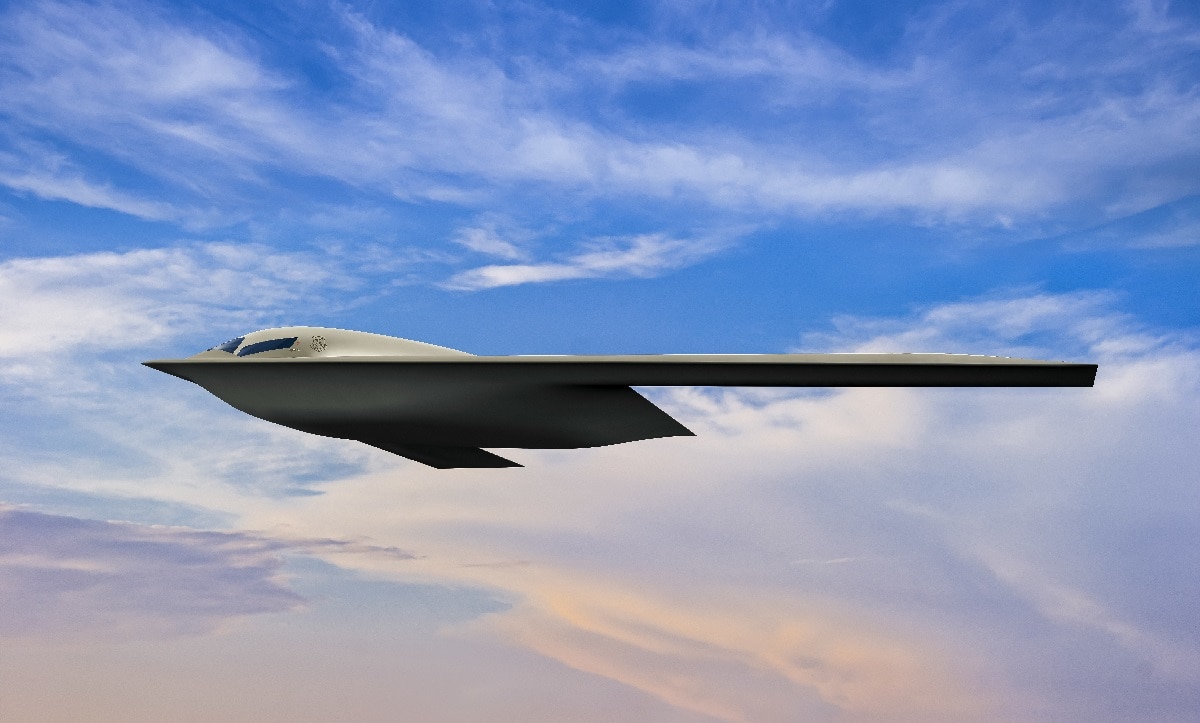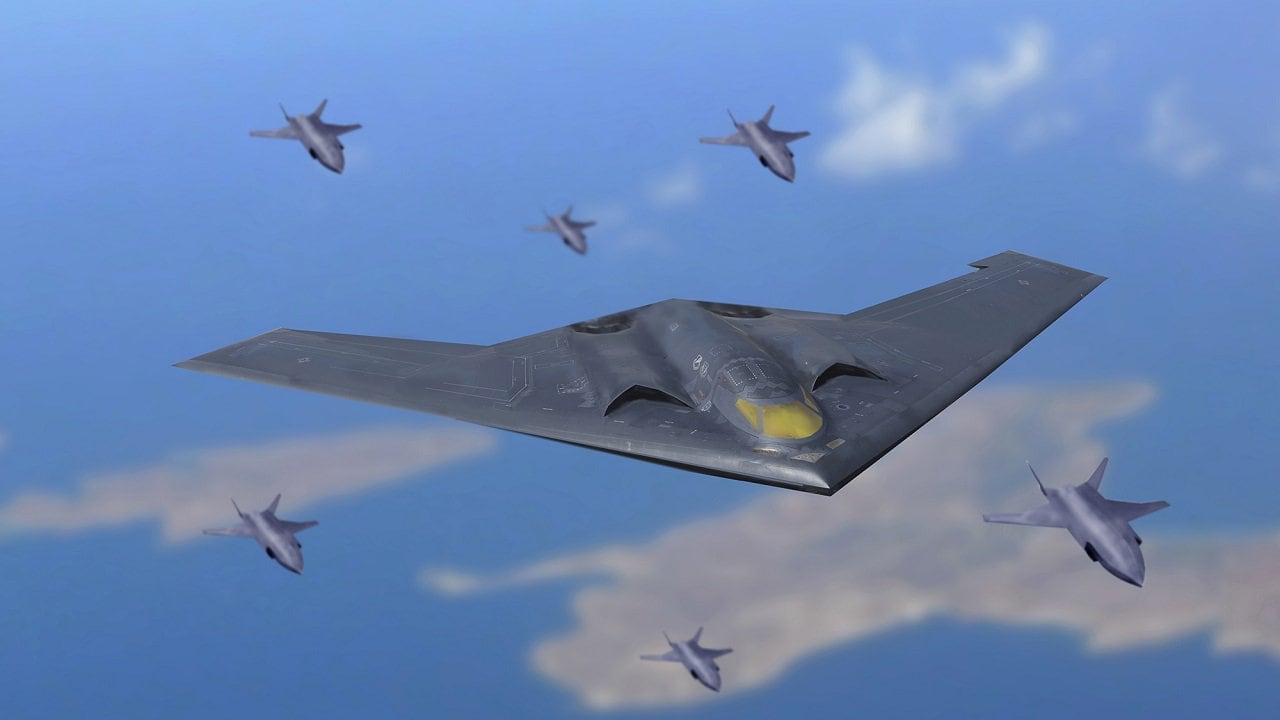Summary and Key Points: The U.S. Air Force is considering increasing its planned B-21 stealth bomber fleet beyond the initial 100 aircraft to potentially 145 or more, driven by the deteriorating state of the existing bomber force and growing threats from China’s H-20 and Russia’s PAK 50 stealth bombers.
-The B-21 Raider brings unprecedented capabilities, including drone command, advanced sensor integration, and stealth against modern air defenses.

B-21 Raider. Image: U.S. Air Force
-While current bombers like the B-2 and B-52 have seen significant upgrades, they remain insufficient given emerging adversary technologies.
-Expanding the B-21 fleet would help address these strategic shortfalls and maintain American air superiority against evolving threats.
Why the Air Force Wants Even More B-21 Raiders
It makes strategic sense that the United States Air Force would again be contemplating a massive increase in its planned fleet of B-21 stealth bombers, given the overall state of its bomber force and the need to deploy a large enough fleet to counter a great-power adversary in a large-scale confrontation.
100-to-250 B-21s
The current Air Force plan has been to build 100 B-21s, yet there is now discussions in the press and other key circles of expanding the fleet to 145 bombers.
The reasons for this are multi-faceted as they pertain to the diminishing size and condition of the Air Force bomber fleet and the seriousness of fast-evolving threats.
China is fast-tracking its H-20 B-21 look alike, and Russia is developing its PAK 50 stealth bomber; the H-20 is reportedly capable of flying highly long-range missions, according to multiple published Pentagon reports.
The operational scope of B-21s is significant in light of changing threats, as it will bring an entirely new sphere of technological attack capacity.
For instance, B-21s will operate with the ability to control drones, sense threat areas, process sensor data from otherwise disparate pools or sources of information, and transmit as needed across a multi-domain force.
The B-21 can also fly crewless missions and operate as a stealth “attack” platform and a multi-mode sensor “node” or aerial communication hub across a joint, multi-domain force.
B-21 Raider as “Sensor”
In December of 2023, when the B-21 was formally unveiled, the Chairman of the Joint Chiefs of Staff cited the vastly increased mission capabilities the B-21 will bring, as it not only introduces a new generation of stealth technology but also operates as a flying “sensor” or “command and control” node across a multi-domain combat theater.
The arrival of B-21s is considered critical and necessary in light of well-documented improvements within enemy air defense systems.
For example, Russia’s TASS news agency has claimed that improvements to its S-400 and S-500 surface-to-air-missiles can detect and destroy “stealth” aircraft. While this has not been verified, and establishing a radar “lock” or target track on a stealth aircraft is extremely difficult, the Pentagon and Air Force weapons developers are acutely aware that the threat circumstances are changing.
Years ago, a senior US Air Force official told me that stealth was merely “one arrow in the quiver” when leveraging critical technologies for bombers and fighters in a modern threat environment.
B-2 Bomber Upgrades
Although the service’s B-2 has been successfully upgraded with somewhat unanticipated levels of success, and the B-52 is essentially an entirely new aircraft compared to its inception decades ago, there is a widespread realization that the Air Force requires new stealth, sensing, and high-altitude bombing technologies.
B-2s, for instance, are now equipped with a new sensor called the Defensive Management System, an advanced technology designed to identify enemy air defenses to enable the aircraft to elude them. The B-2 Spirit has also received a 1,000-fold faster computer processor and additional weapons, computing, and fire-control upgrades.
Bomber Deficit
However, despite these B-2 enhancements, there is likely still a concerning threat equation, and, of even greater significance, there is only a fleet of 20 B-2s. B-2s and B1-B Lancers have been upgraded for long-term sustainment, yet they will start retiring.
The service has struggled to address the size, composition, and readiness challenges it has been confronted with in recent decades. Existing bombers are not only approaching obsolescence but may need to retire as impactful numbers of B-21s arrive.
About the Author: Kris Osborn
Kris Osborn is the Military Technology Editor of 19FortyFive and President of Warrior Maven – Center for Military Modernization. Osborn previously served at the Pentagon as a highly qualified expert in the Office of the Assistant Secretary of the Army—Acquisition, Logistics & Technology. Osborn has also worked as an anchor and on-air military specialist at national TV networks. He has appeared as a guest military expert on Fox News, MSNBC, The Military Channel, and The History Channel. He also has a Masters Degree in Comparative Literature from Columbia University.

